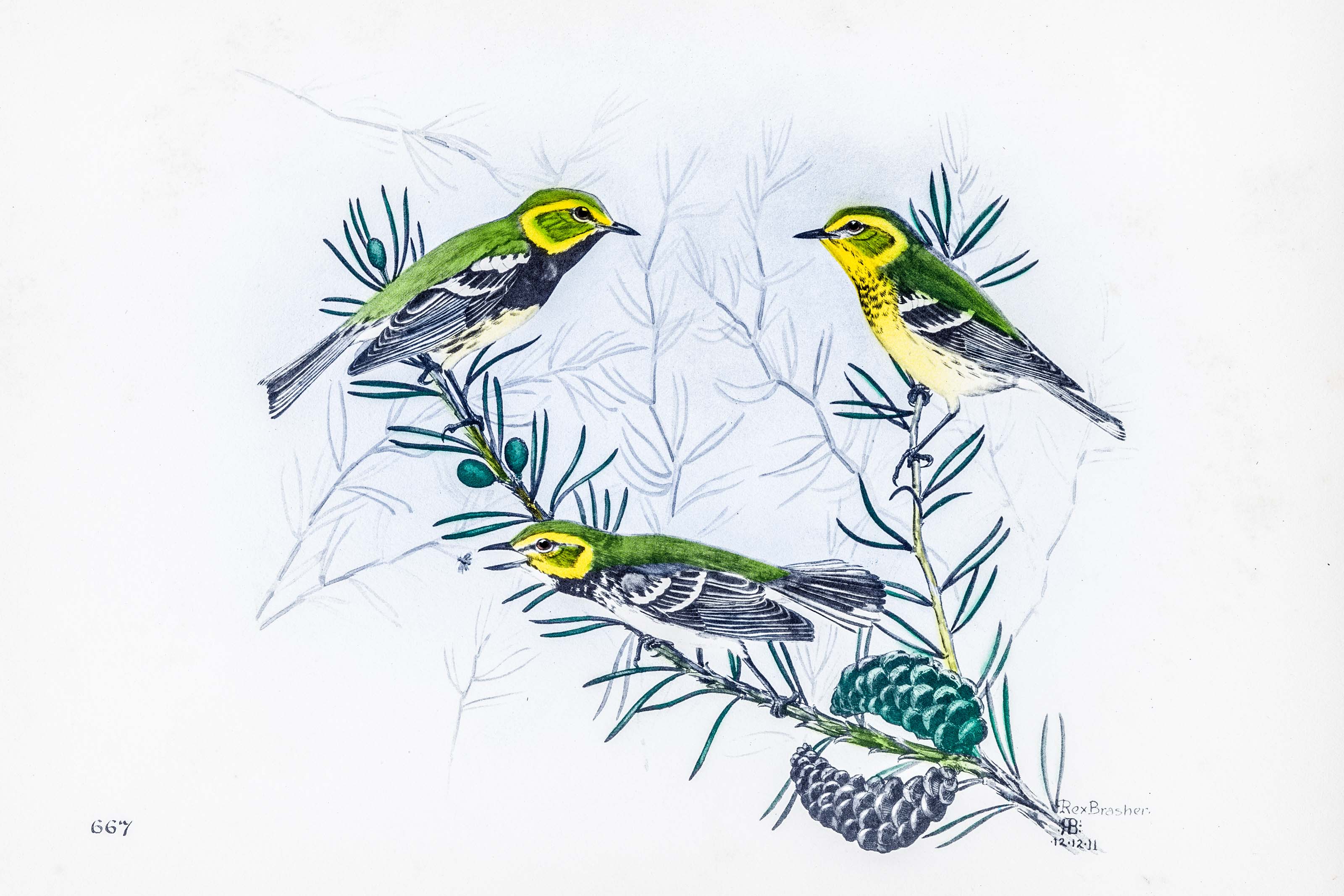
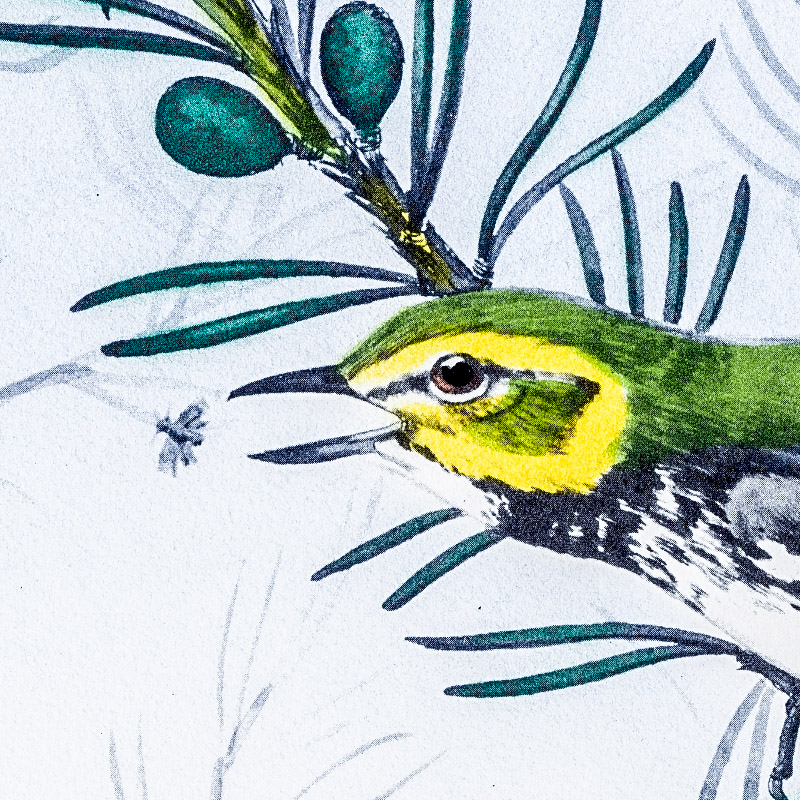
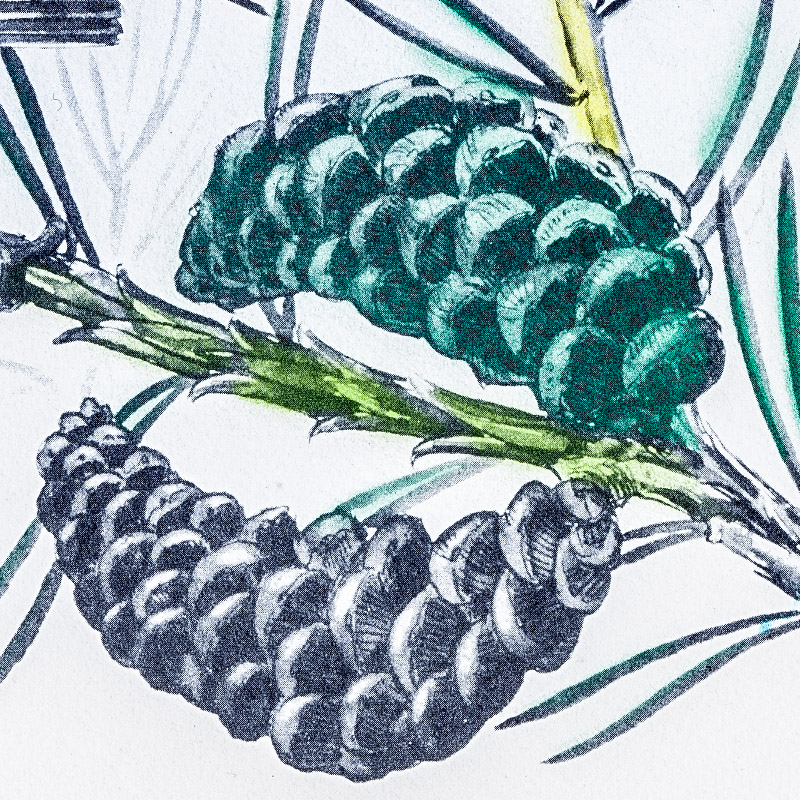
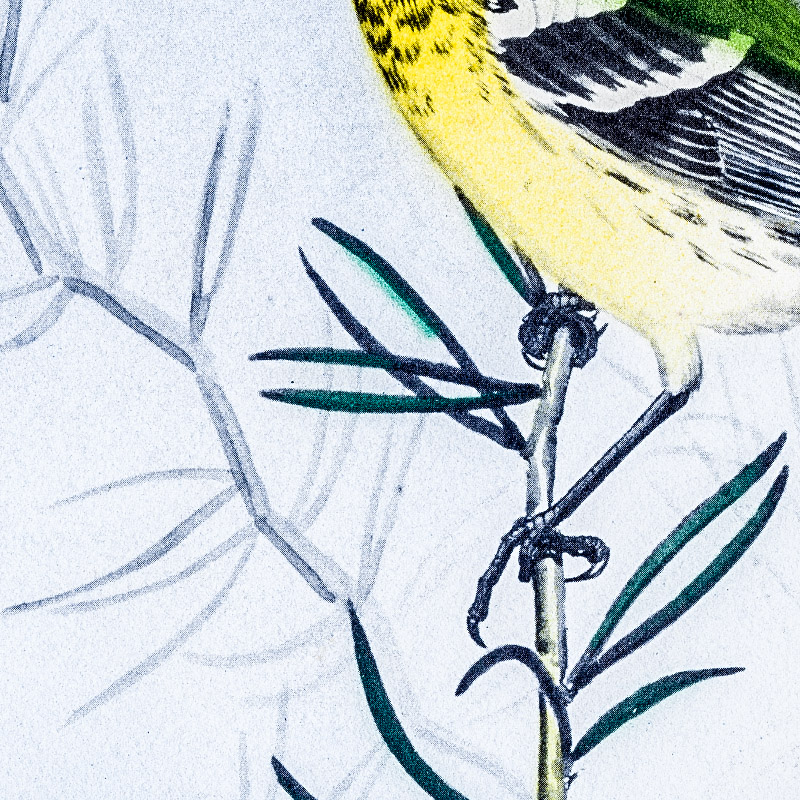
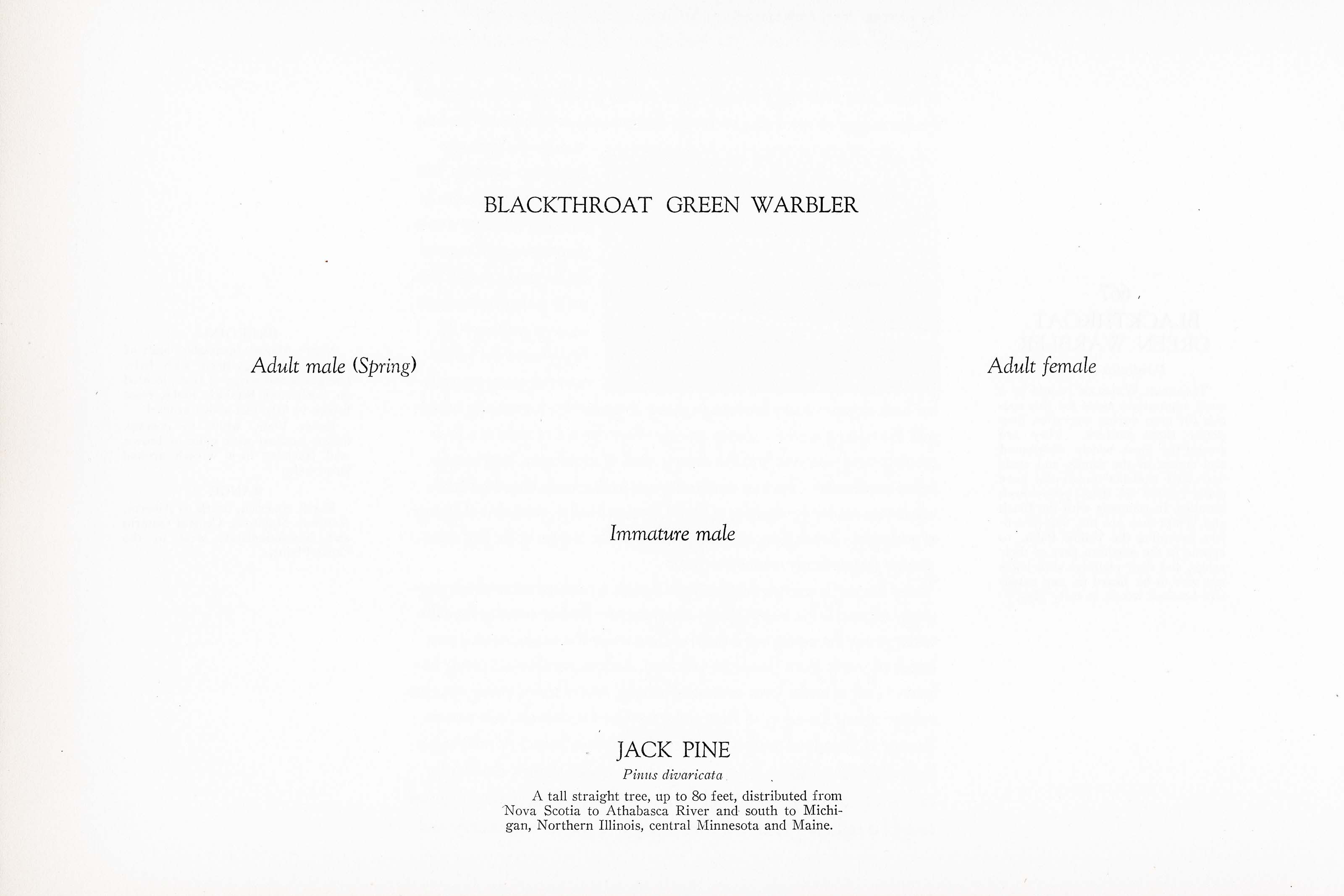
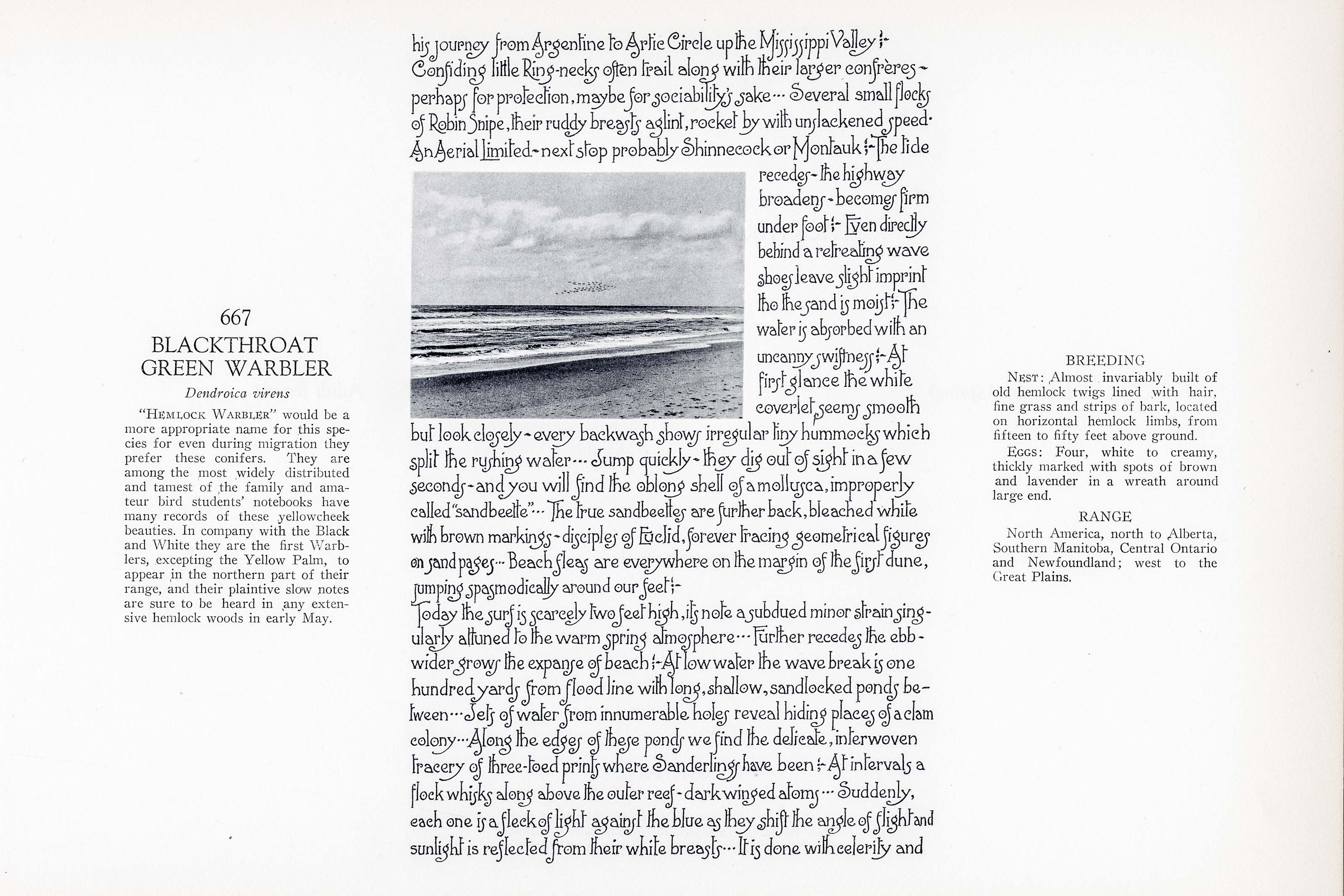

1911
1930
11
667
A team of dedicated board members, volunteers, and student interns has published every page in Volume 9. This volume includes 360 images of paintings and lyrical descriptions of birds, now available online for everyone to enjoy anywhere in the world. This is a monumental task. Each volume requires approximately 400 hours to photograph, edit, transcribe, catalog, and publish online. We need your support to complete this work.
If you're tech-savvy, have a good eye, are meticulous with details, and love structured data, please consider volunteering by emailing us at hello@rexbrasher.org.
We encourage all bird lovers and supporters to consider a monetary donation to support our mission to make Rex's work available for everyone. You can provide a one-time or recurring donation online.
"HEMLOCK WARBLER" would be a more appropriate name for this species for even during migration they prefer these conifers. They are among the most widely distributed and tamest of the family and amateur bird students' notebooks have many records of these yellowcheek beauties. In company with the Black and White they are the first Warblers, excepting the Yellow Palm, to appear in the northern part of their range, and their plaintive slow notes are sure to be heard in any extensive hemlock woods in early May.
NEST: Almost invariably built of old hemlock twigs lined with hair, fine grass and strips of bark, located on horizontal hemlock limbs, from fifteen to fifty feet above ground.
EGGS: Four, white to creamy, thickly marked with spots of brown and lavender in a wreath around large end.
North America, north to Alberta, Southern Manitoba, Central Ontario and Newfoundland; west to the Great Plains.
A tall straight tree, up to 80 feet, distributed from Nova Scotia to Athabasca River and south to Michigan, Northern Illinois, central Minnesota and Maine.